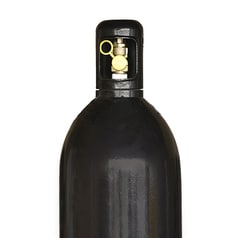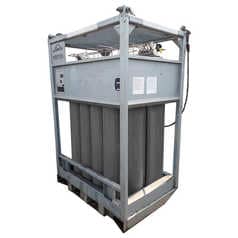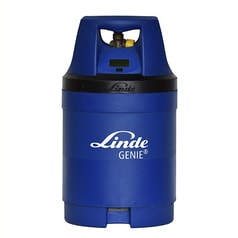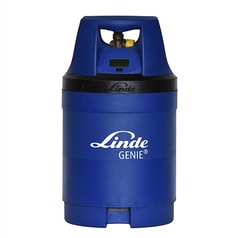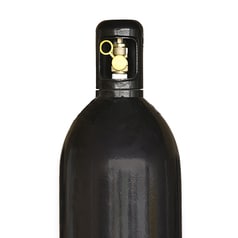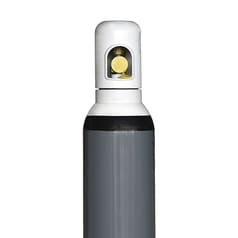you are currently visiting our website in a browser that is not supporting our website.
Cold spraying
Cold spraying is the latest development among thermal spraying processes
The kinetic energy, i.e. particle velocity, is highest here and the thermal energy has only a very small influence, making it possible to produce oxide-free coatings in a normal atmosphere. Here the atomized additive is accelerated to particle velocities of > 1,300 m/s by means of a gas jet heated to 1,000 °C with a pressure of up to 60 bar and applied to the surface to be coated as a continuous atomizing jet. The particle speed is the most important parameter for this process, since the particle only cold deforms at the speed ideal for it and allows a layer build-up. Each metal is characterized by its "critical velocity," at which the particle can be plastically deformed upon impact. For example, copper has a critical velocity of about 570 m/s, the production of a nickel layer requires about 610 m/s, and titanium requires more than 700 m/s. In contrast, some high-alloy NiCr materials require up to 1000 m/s.
A slight heating of the particles promotes deformation upon impact. The gas temperature and therefore the particle temperature is significantly below the melting temperature of the cladding material, so that melting of the particles cannot take place. Compared to thermal spray processes, cold spray avoids the disadvantages associated with melting, such as oxidation and other phase transformations. Important parameters for a stable process are the process gas used, the spraying distance, the powder feed rate and, in particular, the type and size of the coating material.
Advantages of catalyst spraying:
- Optimum surface quality
- Extremely high adhesion
- Exceptionally dense coatings
- No porosity
- Oxide-free spray coatings
- No significant changes to the coated substrates due to thermal influences
Gases and supplies for cold spraying:
The most commonly used process gas is nitrogen, and in very rare and special applications, when higher coating costs allow economically, helium. The difference between the two gases becomes apparent in the particle velocity that can be achieved with them. When using nitrogen, accelerations of 500 - 1000 m/s can be achieved, while helium, due to its low density, can reach accelerations of up to 1300 m/s. Building on our core competence as a reliable industrial gas supplier, we offer a complete range of supply concepts within our LINSPRAY® program. Particularly in the field of cold gas spraying, we have positioned ourselves as a driving force for innovation in this high-tech field, thanks to extensive investments in research and development.
As such, our application experts have the experience and background knowledge to deliver the most appropriate cold gas spraying solution for your application requirements. With our state-of-the-art pressurization technology, the PRESUS™N10, we have the ideal concept to deliver pressures up to 100 bar at flows between 90 and 150 m3/h. In combination with the gas control panel, LINSPRAY®4000, we ensure a constant flow, eliminating the risk of fluctuations and thus a negative impact on coating quality.


